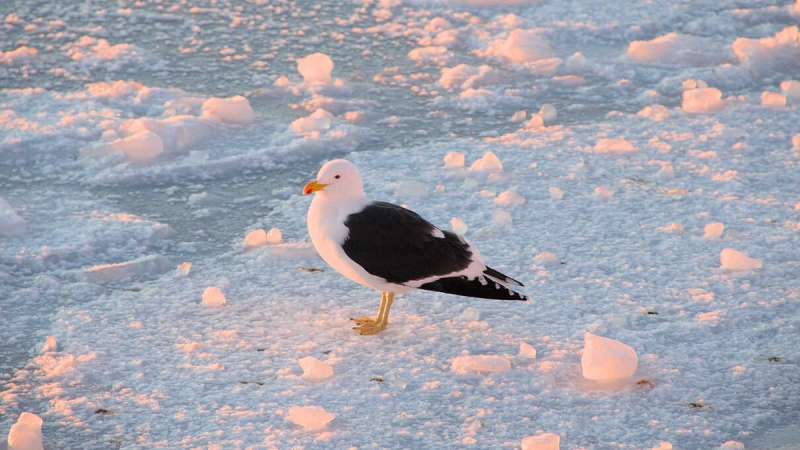
Dominican martins are similar in appearance and are close relatives of common yellow-legged martins from the banks of the Dnieper and the Ukrainian sea coasts.
Some of the Dominican martins do not fly away from the island at the end of autumn, but stay for the winter. The National Antarctic Science Center writes about it on Facebook.
These birds are considered the main “gardeners” of Antarctica. For their nests, they use a variety of local vegetation, in particular, Antarctic pike and several types of moss.
All this they purposefully collect and carry over considerable distances, thus spreading the plants, – says posts.
Dominican martins feed on molluscs and sea urchins.
200% Deposit Bonus up to €3,000 180% First Deposit Bonus up to $20,000Food tables are set up near the hunting grounds among the coastal rocks, where scattered mollusk shells and split urchin shells have been accumulating for centuries, the National Antarctic Science Center added.
Dominican martins are similar and close relatives of the common yellow-legged martins from the banks of the Dnieper and Ukrainian sea coasts These species have the same size, a white head, neck and body, a yellow beak with a red spot, and yellow paws.
However, in adult Dominican martins, the tail is white, and the wings and back are mostly black, and in yellow-legged on these areas of the body, on the contrary, are dominated by gray.

